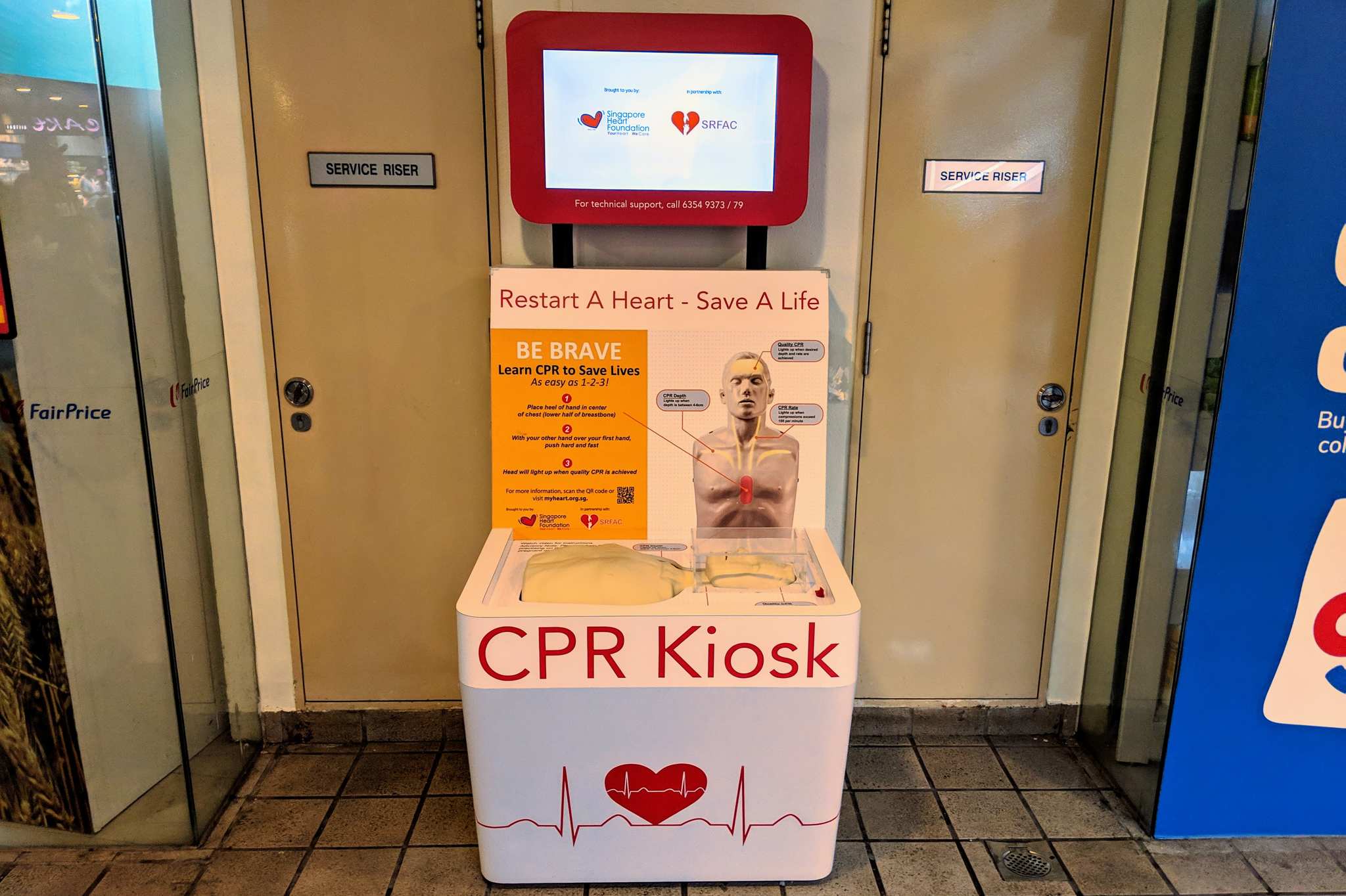
I’ve performed CPR on a real-life casualty back during NS when I was attached to a fire station. I learnt from the ambulance officer then, who had some 20 years of work experience, that the likelihood of survival was almost 0. Waiting for an ambulance to arrive before commencing CPR is quite likely too late.
You might have heard calls for everyone to be trained in CPR. It is very important for bystanders around the casualty to commence CPR immediately. Irreversible brain damage would have commenced from about 6 minutes after the heart stops functioning. Even if you witness the onset of the collapse and called 995 immediately, you cannot expect an ambulance to arrive in under 6 minutes.
Hence, it is so important for everyone to be trained in CPR. This is not just a skill for medical professionals and first aiders. You cannot realistically expect to always have a medical professional or trained first aider amongst bystanders.
Getting people to sign up for courses is hard. This is a skill you cannot just read online. Hence, I was intrigued to see this CPR training kiosk brought to Toa Payoh HDB Hub by the Singapore Heart Foundation. I understand that there are several more of such kiosks in other parts of Singapore.
This kiosk at Toa Payoh Hub is located outside NTUC. It’s tucked to one side, but should be quite noticeable if you happen to pass through that area.
If you’re not trained in CPR, I do recommend that you check out this kiosk.
A CPR mannequin at that kiosk will give you some sense of how CPR, specifically the chest compression, should be performed. Chest compression practice is critical, this isn’t something you can simply read about. The kiosk will provide some feedback on your technique, so you’ll know if you’re doing the chest compressions correctly.
Those familiar with CPR should also get updated with the latest practice methods. I learnt CPR a long time ago, and in fact conducted many first aid and CPR training during NS. I thought CPR procedures should be one of those things that never change. I was very surprised when I attended a first aid course at work in more recent times to learn that procedures have since changed somewhat, and apparently more than once too.
Back in NS, we used to do compression-to-ventilation ratio of 15:2 and 5:1 for one and two rescuers respectively, then later changed to 15:2 for both one and two rescuers. Currently, it is 30:2 for both one and two rescuers, except when you have two rescuers workin on an infant (except the newly-born) or child.
Furthermore, the A-B-C rule has also changed to C-A-B. That’s not all.
There’s also something called hands-only CPR. In this mode, you only do continuous chest compressions. No ventilations are delivered. The idea of hands-only CPR, omitting the mouth-to-mouth contact for ventilation, may help encourage bystanders to assist. That hesitation to commence CPR, or even to defer till an ambulance arrives, may very likely cost a life.
This post isn’t about teaching CPR, but rather to encourage everyone to learn CPR. The success outcome of CPR requires it to be administered as early as possible. That means bystanders around the victim need to know CPR.
Visit one of these CPR Kiosks setup by the Singapore Heart Foundation, or sign up for a course. If you sign up for a CPR course, do learn about Automated External Defibrillators (AED) too.
